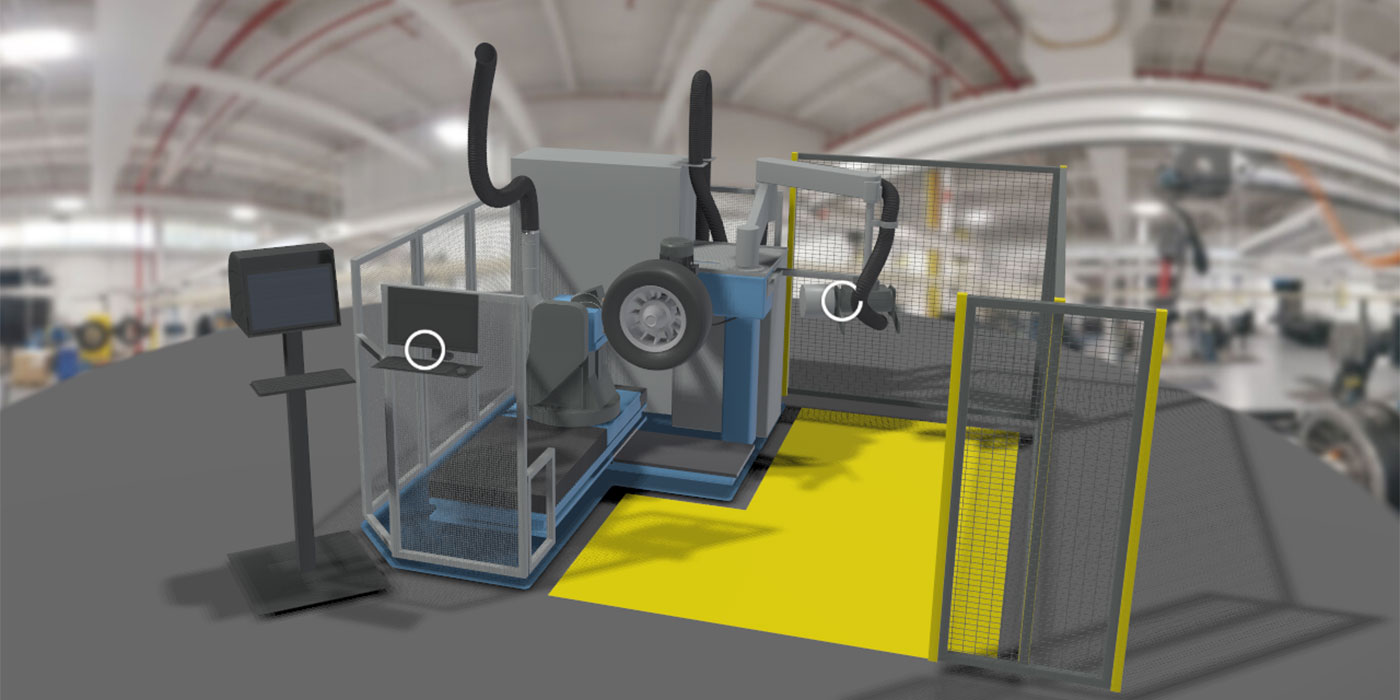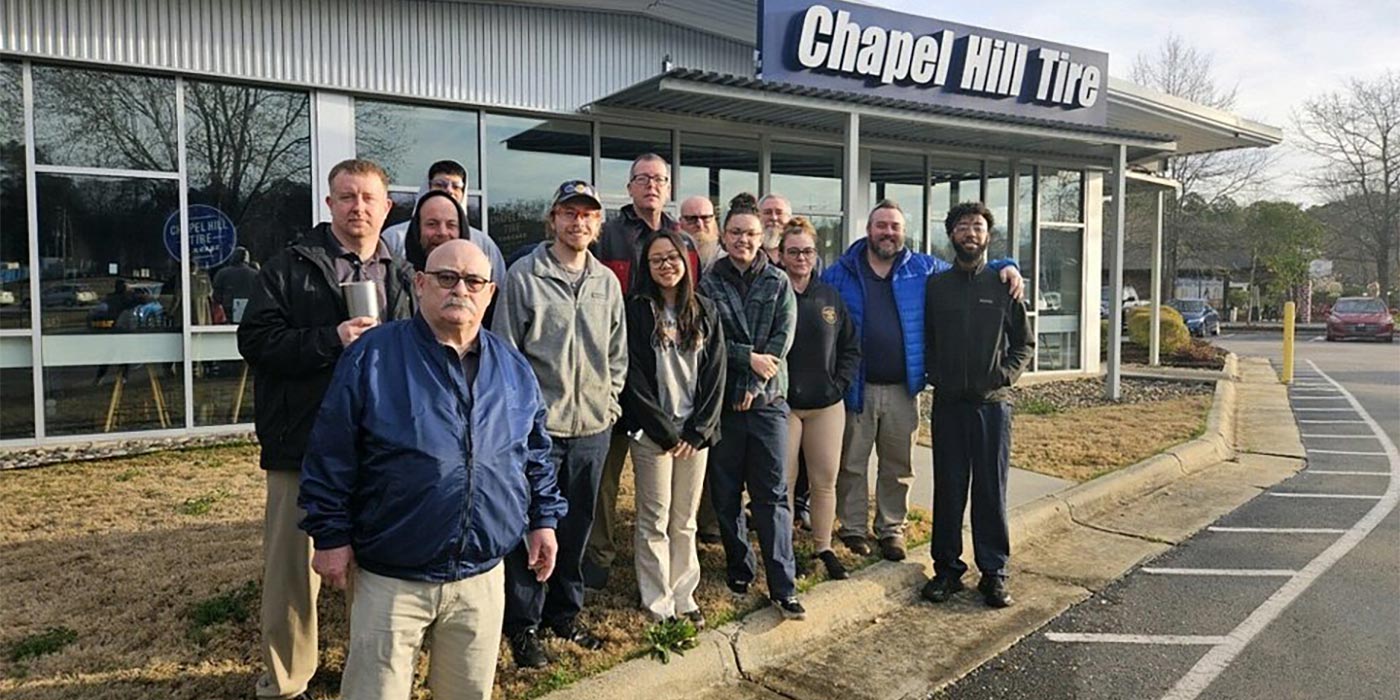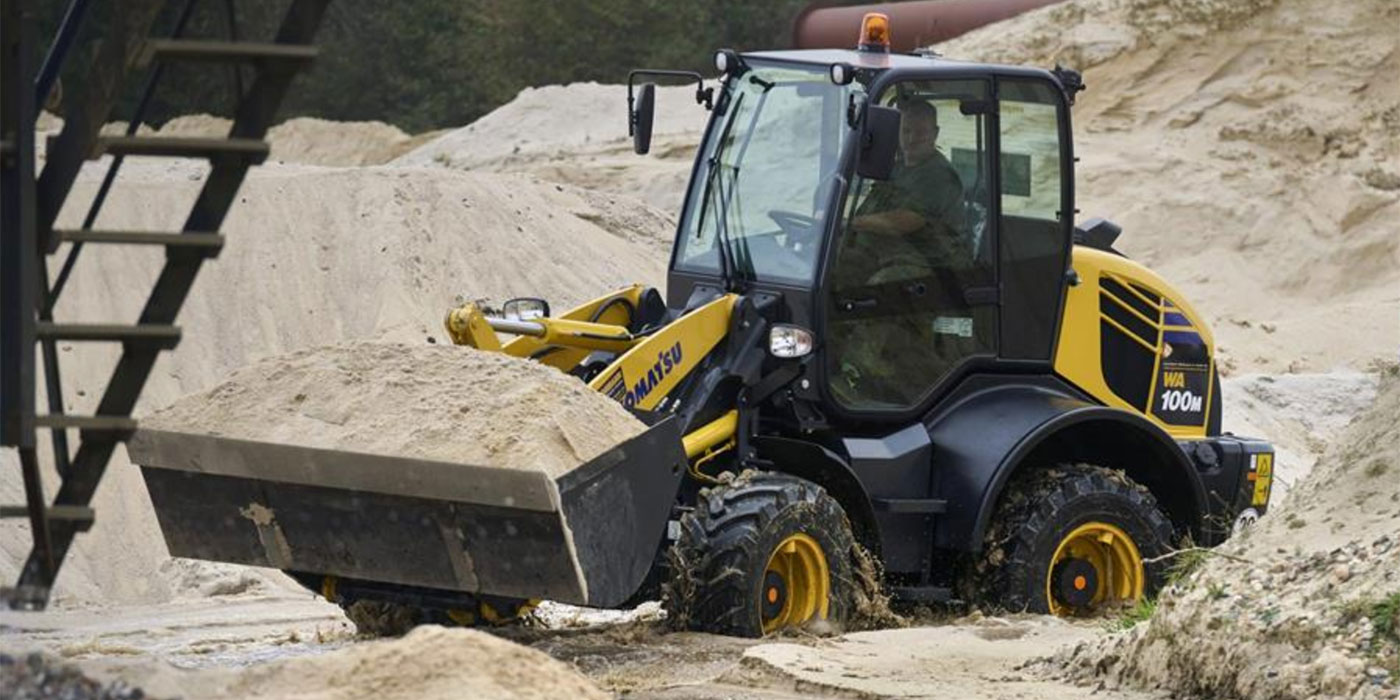Two out of three Americans say they’ll cut back on spending for other things so they can continue to fill their gas tanks in 2008, with nearly a quarter saying they’ll cut back significantly on other spending. If they follow through, it will not bode well for the economy in 2008, say oil industry analysts and economists. Rising gas prices, the housing slump, the sagging dollar, the employment outlook and the stock market all may converge during the year, boosting the odds of a recession, they say.
Kajal Kapur, a Virginia energy and environmental consultant, says the cost and availability of energy will be a key player in how the overall economy fares: "It would definitely contribute to the slowdown of the economy because of the multiplier effect: Spending less would lead to less consumption of those things and less jobs being created in those areas."
"Recession means six consecutive months of reduced growth. That’s where we’re going," says Alice Simon, an economics professor at Ohio Wesleyan University. Rising oil and gas prices make producing many of our goods and services more costly. "If the cost of producing gets too expensive and you can’t pass that cost on to consumers because they’re already strapped, the economy slows down and it lays off people … then you have a recession."
"Recession is a big word," says Perry Sioshansi, president of Menlo Energy Economics, a San Francisco energy consulting company. "A lot of things have to happen: the credit squeeze, housing situation, job market and stock market. Energy alone, that by itself is not going to make it."
The poll, commissioned by CreditCards.com and conducted by GfK Roper Public Affairs & Media, surveyed 1,004 American adults in a random telephone poll Dec. 7-9, 2007. A majority say they expect oil and gas prices to get far worse, and some have cut back on driving, but there’s a high tolerance for even higher prices.
The poll found:
• Seven of 10 of those surveyed expect gas prices to be higher a year from now. Only a fifth (22%) said they believe prices will be the same.
• Of the people who buy gas, three out of five (59%) have already cut back on driving. Even more (69%) among those with incomes of less than $30,000 a year say they have done so.
• Nearly one in four (23%) say they would not cut back, no matter the cost of gas – and that’s true of 40% of those who have not cut back yet.
• More than half (58%) say it’ll take another dollar a gallon price increase before they’ll cut back more on driving.
• A quarter of Americans say they will cut back a lot on spending for other things as a result of high energy costs. More than two-thirds say they’ll cut back on other spending at least a little.
• Nearly 12% of Americans say they will have to borrow money to pay winter heating bills; the figure rises to 23% among those earning less than $30,000 a year. Another 8.6% say they will pay with credit cards.
• Seven in 10 Americans (71%) say they will lower their thermostats this winter in an attempt to curb heating costs.
The poll also suggests that people living in western states, already gouged by high oil and gas prices and used to paying more at the pump, are more certain than the rest of the nation that gas is going higher. Northeasterners, with fewer wide open spaces to traverse, are least likely to cut back on driving. Those earning more than $75,000 a year are least likely to cut back on driving, no matter what the cost, the poll shows.
2008 projections
Americans’ pessimism about the cost of fuel may be based on a sense that the inevitable is coming. The Energy Information Administration (EIA), the federal agency that tracks and distributes energy data, projects demand for oil worldwide will outstrip supplies in 2008 – pushing prices for heating oil, gasoline and diesel fuel to historically high levels.
In its Dec. 11 short-term outlook statement, the agency expects gasoline and diesel fuel to average "well over $3 per gallon" and gasoline prices may spike to $3.40 a gallon by spring 2008. National retail gas prices averaged $3 a gallon for regular and $3.33 a gallon for diesel on Dec. 10, 2007, according to EIA data.
Complicating the gas and oil outlook for the future are roller coaster-like swings in oil prices over the past two years. Crude oil averaged $56 a barrel in 2005 and $66 a barrel in 2006. The price shot up to $99.16 a barrel on Nov. 20, 2007. The EIA projects prices will average more than $80 a barrel in 2008. Industry observers say these dramatic swings in oil prices make forecasting more difficult.
They cite a number of factors contributing to price growth, including:
* Increases in global oil demand.
* Production cuts by the Organization of Petroleum Exporting Countries (OPEC).
* The inability of nonOPEC oil production to keep up with global demand.
* Political uncertainty in key oil-producing countries across the globe.
* The decline in the value of the dollar.
* The growth of speculators who drive up oil prices beyond the level expected under normal supply and demand.
"No one has been able to accurately and consistently forecast oil prices — not oil companies, governments, or the Wall Street investment companies," Fadel Gheit, managing director and senior oil analyst for Oppenheimer & Co. Inc., testified Dec. 11 to a U.S. Senate subcommittee investigating speculation in the crude oil industry.
How much will the projected fuel increases affect buying or driving habits?
"If the price goes up a dollar, people will only curb their driving habits by about 5 percent," says Neil Gamson, an energy fuel price expert for the EIA. "They’ll drive 5 percent less on average, based on past experience. They might drive less or the next time they buy a car, maybe they’ll look for a car with greater mileage."
He, too, notes differences in consumers’ behavior. "They can’t change their habits that much. For many people, those who are wealthy, they might not care. For many others, those who have to drive long distances, maybe they will."
"If prices creep up, people sort of get used to it, but if it’s a sudden shock, then people really change their driving habits," Gamson says, recalling the gas shortages of the early 1970s when gas lines were common and stations often ran out of gas. "You thought that you might not be able to find gas."
Simon, the Ohio Wesleyan professor, agrees that incremental gas price changes are more palatable to consumers than large spikes. "It’s the size of the jump, rather than the actual amount."
Relative price still low
Likewise, gas prices that rise with the cost of other goods and services will be less noticeable. "The rate of inflation in gasoline prices is substantially less than the rate of inflation for lots of other goods and services, she notes, citing the 20-year (1983 to 2003) increase in the price of gasoline (44%), compared to coffee (45%), beer (71%), postage stamps (91%) or tobacco (372%).
Simon says poll responses indicating American’s willingness to cut back on gas consumption in 2008 may be overly optimistic. She doesn’t believe that 54% of adults have cut back on driving because of rising gas prices.
"It depends on whether or not you consider gasoline a necessity or a luxury," she says. "There is a distinction between people who need to use gasoline for commuting to work and those who don’t. People may say they need it; but they may need it to get a gallon of milk or they may need it to get to work."
A.F. Alhajji, an energy economist, compares the price per gallon of gasoline to the unit cost of bottled water, beer or other beverages. When you do the math, gas is a bargain. Alhajji, an associate professor of economics at Ohio Northern University, says savings realized by switching to more fuel-efficient vehicles ¬– compact and hybrid cars vs. SUVS – are not enough to convince many families of the need to downsize.
Not painful enough?
Sioshansi, the San Francisco energy consultant, says it’s clear that people have become more aware of energy and global climate change. "It’s very much on their minds. Maybe the prices have not risen enough to make it painful."
He is not surprised by poll results showing reluctance to cut back on driving. "It seems like that is sort of a God-given right that they’ve had for so long that the recent price rises have not seemed to make a sufficient dent in most people’s attitude."
High gas and oil prices are likely here to stay, Sioshansi says. Whereas oil and gas historically have been cheap, plentiful and secure, the future outlook points to "pricey, insecure and volatile" fuel supplies.
"Even though they’ll see fluctuations in prices of energy, this is not a temporary aberration. They’re not going to see $2-a-gallon gas come back. What they’re seeing today is more or less permanent. This is not something that is going to go away."
Finding alternatives
That should prompt more people to look for viable alternatives in 2008. "Whether that means a smaller car, less commuting, bicycling, car pooling, telecommuting … people should gradually, before things begin to get worse, start to make those changes," Sioshansi says. "I tell people you don’t need a Hummer to go to the corner store to buy a gallon of milk." (Tire Review/Akron)















